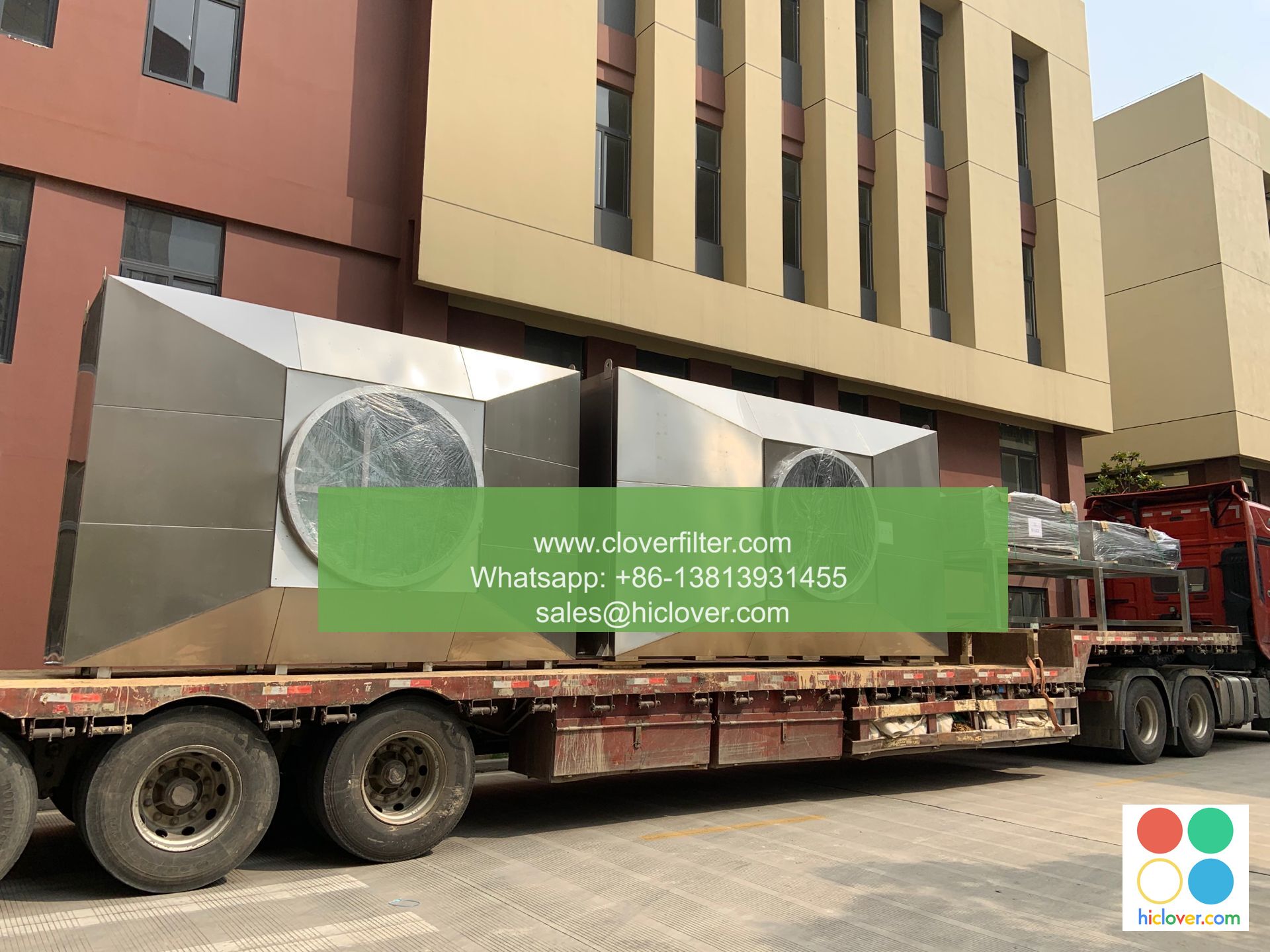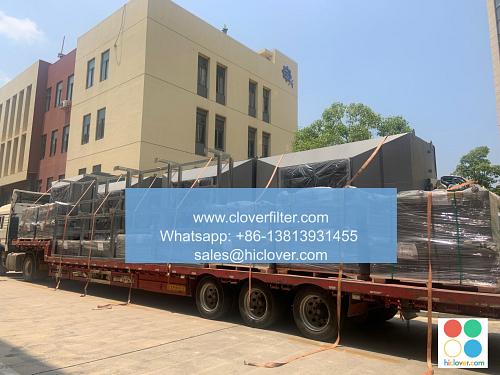The Science Behind Automatic Roll Air Filters in Food Research Laboratories

Automatic roll air filters have become an essential component in food research laboratories, playing a critical role in maintaining a clean and controlled environment. These filters are designed to capture airborne particles, including dust, pollen, and other contaminants, to prevent them from entering the laboratory and compromising the accuracy of research findings. But have you ever wondered how these filters work and what science is behind their effectiveness?
The science behind automatic roll air filters lies in their ability to utilize a combination of airflow and filtration media to capture airborne particles. The filters consist of a rolls of filter media, typically made of a synthetic material, such as polyester or polypropylene, which is designed to trap particles as small as 0.3 microns. The filter media is mounted on a rotating drum, which is connected to a motor that slowly rotates the drum, advancing the filter media at a consistent rate.
As air is drawn into the filter, it passes through the filter media, which captures the airborne particles, including dust, pollen, and other contaminants. The filtered air is then released back into the laboratory, providing a clean and controlled environment for research. The automatic roll air filter is designed to operate continuously, with the filter media advancing at a consistent rate to ensure that the air is always filtered and clean.
The key to the effectiveness of automatic roll air filters lies in their ability to maintain a consistent airflow and filtration rate. This is achieved through the use of a sophisticated control system, which monitors the airflow and adjusts the rotation of the filter drum to ensure that the filter media is always advancing at the optimal rate. This ensures that the air is always filtered and clean, and that the laboratory environment remains controlled and consistent.
In addition to maintaining a clean and controlled environment, automatic roll air filters also play a critical role in preventing contamination and ensuring the accuracy of research findings. By capturing airborne particles, including dust, pollen, and other contaminants, the filters help to prevent contamination of research samples and equipment, which can compromise the accuracy of research findings. This is particularly important in food research laboratories, where even small amounts of contamination can have significant consequences.
Furthermore, automatic roll air filters are also designed to be highly efficient and cost-effective. The filters are designed to operate continuously, with minimal maintenance required, and the filter media can be easily replaced when it becomes worn or damaged. This makes them an ideal solution for food research laboratories, where maintaining a clean and controlled environment is critical to the success of research projects.
Conclusion
In conclusion, automatic roll air filters play a critical role in maintaining a clean and controlled environment in food research laboratories. The science behind these filters lies in their ability to utilize a combination of airflow and filtration media to capture airborne particles, and their effectiveness is due to their ability to maintain a consistent airflow and filtration rate. By preventing contamination and ensuring the accuracy of research findings, automatic roll air filters are an essential component of any food research laboratory. Whether you are working with sensitive research samples or equipment, or simply need to maintain a clean and controlled environment, automatic roll air filters are the ideal solution.
Frequently Asked Questions
Q: How do automatic roll air filters work?
A: Automatic roll air filters work by utilizing a combination of airflow and filtration media to capture airborne particles. The filters consist of a rolls of filter media, which is mounted on a rotating drum, and is connected to a motor that slowly rotates the drum, advancing the filter media at a consistent rate.
Q: What is the benefit of using automatic roll air filters in food research laboratories?
A: The benefit of using automatic roll air filters in food research laboratories is that they help to maintain a clean and controlled environment, preventing contamination and ensuring the accuracy of research findings.
Q: How often do automatic roll air filters need to be maintained?
A: Automatic roll air filters require minimal maintenance, and the filter media can be easily replaced when it becomes worn or damaged. The filters are designed to operate continuously, with minimal maintenance required.
Q: Can automatic roll air filters be customized to meet specific laboratory needs?
A: Yes, automatic roll air filters can be customized to meet specific laboratory needs. The filters can be designed to capture specific types of particles, and can be installed in a variety of configurations to meet the needs of the laboratory.

